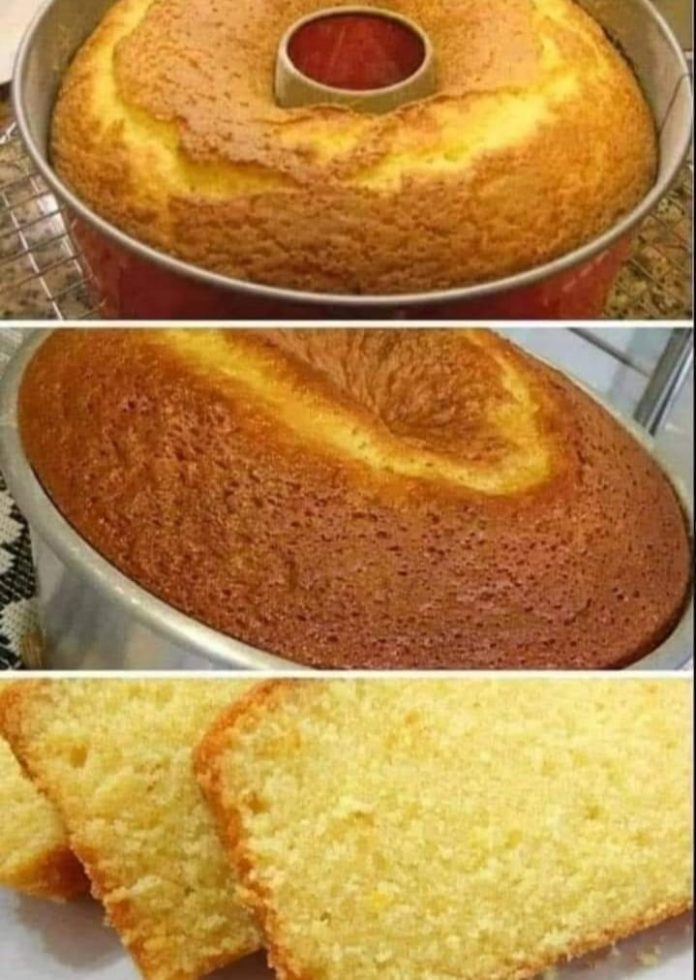Creating an Orange Cake is a delightful way to infuse the vibrant, zesty essence of oranges into a moist and sweet dessert suitable for any occasion. Whether you’re a novice baker or seasoned pro, these tips alongside a straightforward recipe will ensure your Orange Cake is bursting with flavor and perfection.
Ingredients:
- 1 3/4 cups flour
- 1/2 teaspoon salt
- 2 teaspoons baking powder
- 1/2 cup salted butter, softened
- 1 cup granulated sugar
- 2 large eggs
- Zest of 1 orange
- 1/2 cup fresh orange juice
- 1/2 cup milk
- 1 teaspoon vanilla extract
For Orange Glaze (optional):
- 1 cup powdered sugar
- 2-3 tablespoons orange juice
Instructions:
- Preheat oven to 350°F. Grease and flour an 8-inch baking dish or skillet.
- Sift flour, salt, and baking powder into a bowl. Set aside.
- In a large bowl, beat butter and sugar with an electric mixer until light and fluffy. Add eggs one at a time, then mix in orange zest.
- Combine orange juice, milk, and vanilla extract in a measuring cup.
- Add dry ingredients and orange juice mixture to butter mixture, alternating and starting/ending with dry ingredients. Mix until combined.
- Pour batter into prepared pan. Bake for 35-40 minutes or until a toothpick inserted into the center comes out clean.
- Allow cake to cool in the pan for 10-15 minutes, then transfer to a wire rack to cool completely.
- For optional glaze: Whisk together powdered sugar and enough orange juice to achieve desired consistency. Drizzle over cooled cake.
Enjoy: Serve your Orange Cake plain or with glaze and relish in its refreshing citrus flavor, perfect for savoring year-round.
Tips for Perfecting Orange Cake:
- Fresh Oranges: Utilize fresh oranges for optimal flavor. Extract both juice and zest, as zest holds concentrated citrus oils that enrich the cake’s aroma and taste.
- Room Temperature Ingredients: Ensure all ingredients are at room temperature, especially eggs and butter, for seamless mixing.
- Avoid Overmixing: Stir the batter just until ingredients are combined after adding flour. Overmixing can lead to a dense cake.
- Monitor Baking Time: Ovens vary, so begin checking a few minutes before the recipe suggests. Test cake readiness by inserting a toothpick into the center; if it emerges clean, the cake is baked.
- Allow Cooling Time: Let the cake rest in the pan for 10-15 minutes before transferring to a rack. This promotes proper setting and prevents splitting.


